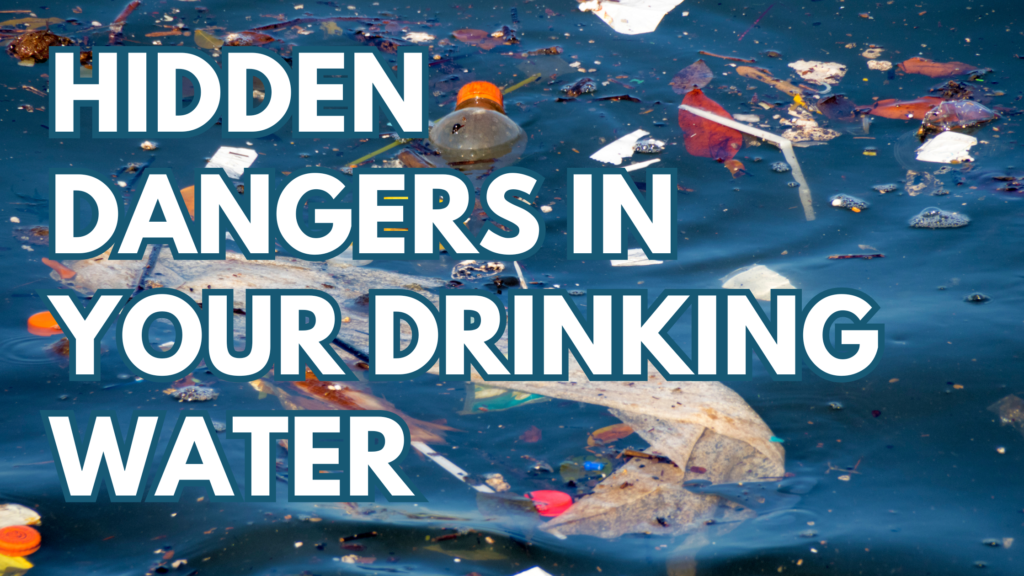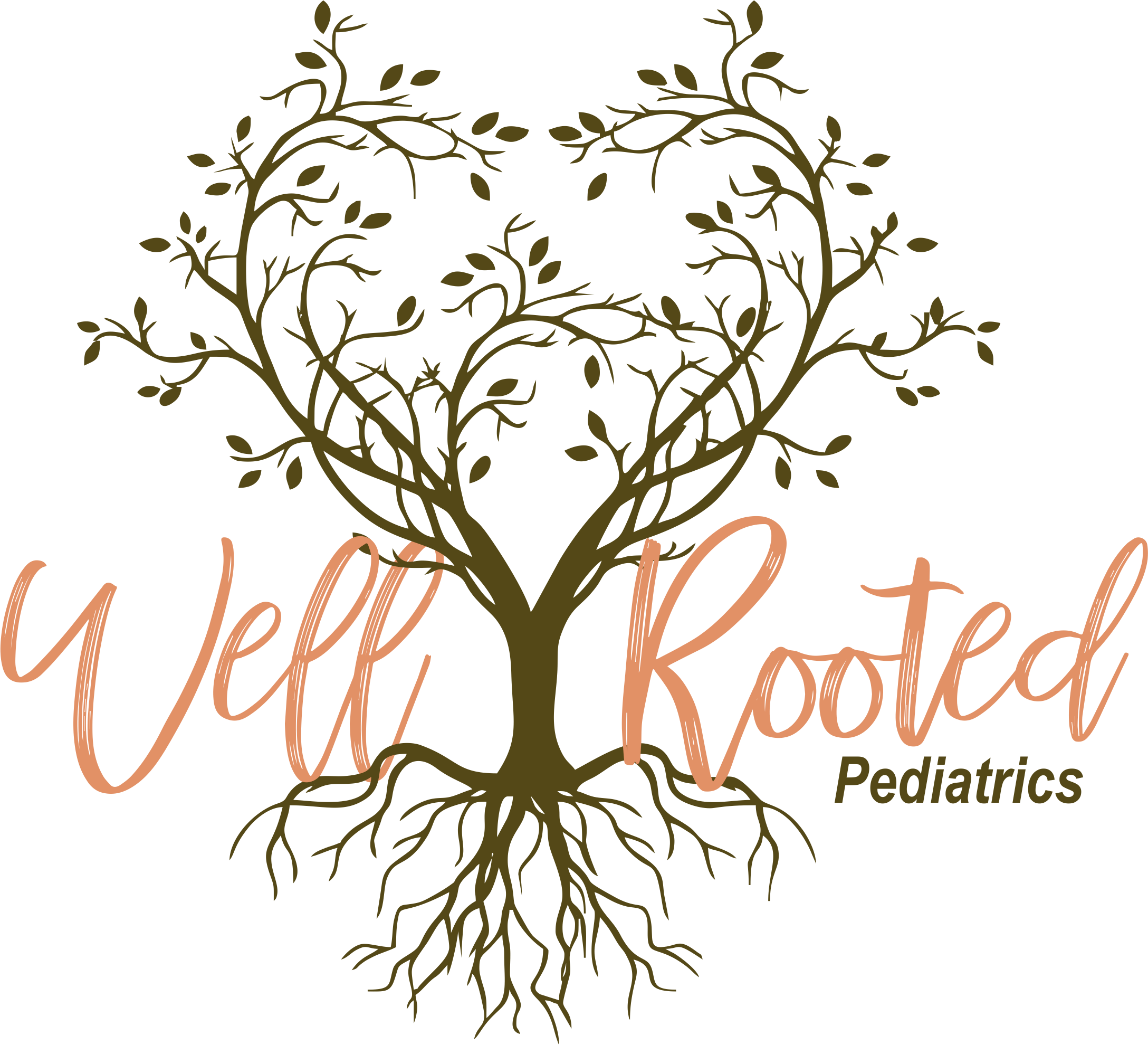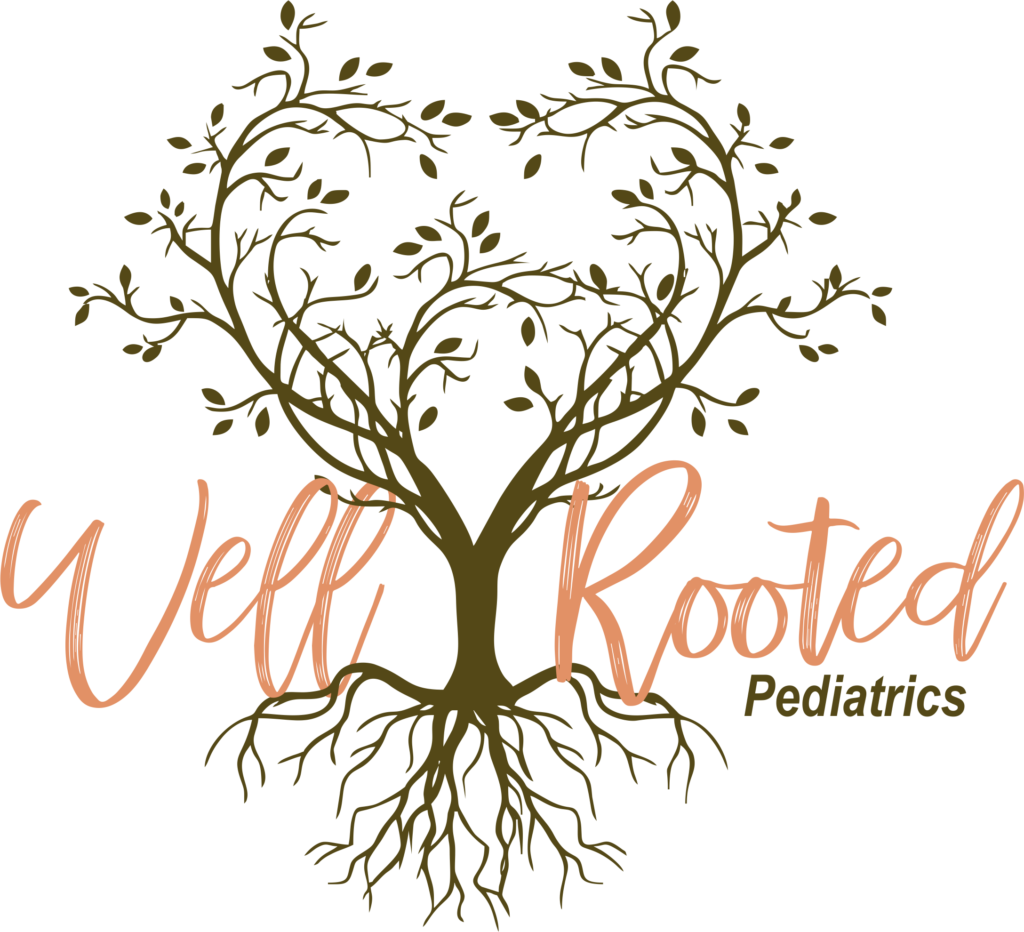The Hidden Dangers in Your Tap Water and How to Protect Yourself 🚰🔍

The Hidden Dangers in Your Tap Water and How to Protect Yourself 🚰🔍
It’s unsettling to think that something as vital as drinking water could be a hidden source of danger. Yet, studies have shown that American tap water can contain over 270 different contaminants, some of which pose serious health risks. From PFAS and microplastics to heavy metals and pharmaceutical residues, the safety of our drinking water is under threat.
Understanding the Contaminants
1. PFAS (“Forever Chemicals”) 🌐
Per- and polyfluoroalkyl substances (PFAS) have been used extensively in various industries due to their resistance to heat, water, and oil. Unfortunately, these properties also make PFAS extremely persistent in the environment, earning them the nickname “forever chemicals.” They are common in industrial discharge, non-stick cookware, waterproof clothing, and cosmetics. Research links PFAS exposure to several health issues, including cancer, immune system disruption, and hormonal imbalances.
2. Microplastics and Nanoplastics 🧫
The prevalence of plastics in our environment has led to widespread contamination of water bodies with microplastics (pieces smaller than 5mm) and even smaller nanoplastics. These particles can be ingested by humans through water and food, and there is emerging evidence that they can enter our bloodstream, lungs, and even places as delicate as the placenta. The health implications of microplastic ingestion are still being studied, but the potential for harm is clear given their ability to carry toxic chemicals.
3. Pharmaceuticals and Heavy Metals 💊🔩
Our water is also being tainted by pharmaceuticals and heavy metals. Medications that are not fully metabolized by our bodies can end up in wastewater and, eventually, in drinking water. Heavy metals like lead and mercury can leach from old pipes and industrial waste, accumulating in the body and potentially leading to serious health issues such as neurological disorders and kidney damage.
What Can You Do?
The challenges are significant, but there are steps you can take to ensure the safety of your water:
1. Stay Informed 📚
Utilize resources from trustworthy organizations such as the Environmental Working Group (EWG) and the National Institutes of Health (NIH). The EWG’s “Is My Water Safe” database is a great tool to learn about the specific contaminants that may be in your local tap water.
2. Invest in a Quality Water Filtration System 💧
To effectively remove contaminants like PFAS, microplastics, pharmaceuticals, and heavy metals, consider a multi-stage reverse osmosis system that meets NSF standards. Brands like AquaTru offer systems certified to filter out a wide range of pollutants while being cost-effective, especially during sales like upcoming Memorial Day – keep an eye out!
3. Replenish Essential Minerals 🌿
While high-quality filters do an excellent job at removing harmful contaminants, they can also strip water of beneficial minerals. It’s essential to add back minerals such as calcium, magnesium, and potassium. You can do this by adding mineral salts or trace mineral drops to your filtered water.
The quality of drinking water is crucial for our health, yet it is often compromised by a variety of pollutants. By understanding the risks associated with tap water and taking proactive steps to mitigate them, you can protect yourself and your family from potential harm. Investing in a robust water filtration system and ensuring that your water is mineral-balanced are effective strategies to enhance water safety and quality in your home.
For more detailed information and to explore filtration solutions, check out resources like [AquaTru] Stay informed, stay safe, and take control of your water purity today! 💪💧
OUR LOCATIONS
Crystal Lake, IL
390 Congress Parkway Suite J, Crystal Lake, IL
Oak Brook, IL
814 Commerce Drive Ste 150 Oak Brook, IL 60523
HOURS OF OPERATION
Crystal Lake, IL
| Monday | 9am to 5pm |
| Tuesday | 9am to 5pm |
| Wednesday | 9am to 5pm |
| Thursday | 9am to 5pm |
| Friday | 9am to 5pm |
| Saturday | 1st, 2nd & 3rd Saturday Of The Month |
Oak Brook, IL
| Monday | 9am to 5pm |
| Tuesday | 9am to 5pm |
| Wednesday | 9am to 5pm |
| Thursday | 9am to 5pm |
| Friday | 9am to 5pm |
| Saturday | Closed |
Crystal Lake Office
390 Congress Parkway Suite J
Crystal Lake, IL
Phone 815-322-9300
Fax 815-322-9315
Email [email protected]
Oak Brook Office
814 Commerce Drive Ste 150
Oak Brook, IL 60523
Phone 815-322-9300
Fax 815-322-9315
Email [email protected]
Office Hours
Monday: 9am to 5pm
Tuesday: 9am to 5pm
Wednesday: 9am to 5pm
Thursday: 9am to 5pm
Friday: 9am to 5pm
Saturday: Varies By Location

